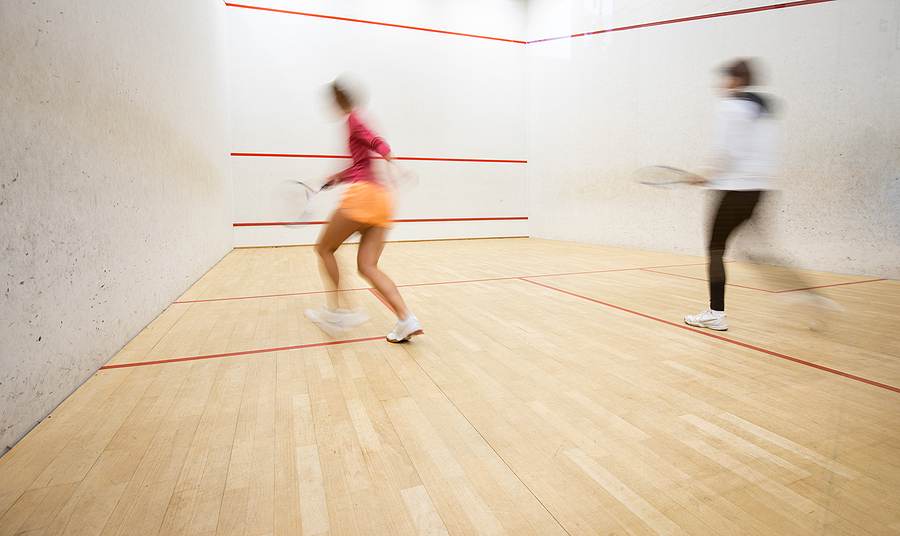
Performance Momentum: The Basics
As with many phenomena in the world of sports psychology, it’s interesting to observe people talking about momentum. If you listen closely, it’s almost as if they’re chatting about something tangible, something real.
Listening to commentators, it seems beyond question that there is a mysterious yet unmistakable energy. Something that ebbs and flows through each match like a tide. There is an energy that has the potential to sweep a player towards glory or to leave them stranded. But in truth, things aren’t that straightforward.
As most of our sporting clients will know, we often stress the importance of clear and workable definitions for all performance components. If we can quantify something, we can understand it and, therefore, improve it.
Momentum can be defined as changes to cognition, feelings and behaviour as an athlete moves towards a goal.
Positive and Negative Momentum for Performance
Positive momentum is typically described in physics-related terms such as ‘surging’ towards victory within a single contest. Or ‘riding the wave’ across multiple contests towards an end-of-season championship.
Negative momentum is often described as a ‘tide-turning’ against an athlete. Some resistance is experienced or of a ‘pendulum swinging’ against them and energy being ‘lost’.
Momentum Is Not The ‘Hot Hand’
Note that momentum differs from the ‘hot hand’ effect often described in basketball. This represents those freak moments when it suddenly seems a player can’t miss a shot. Their teammates start to desperately feed them the ball before this shooting streak suddenly vanishes. As much as the hot hand effect captures our imagination, there doesn’t seem to be much evidence to back it up. Making a successful shot does not appear to increase the chances of making the next shot.
The fascinating thing about the concept of momentum is that it is almost universally accepted as fact. Research into the topic shows that people perceive momentum as real. They act based on this perception and past experiences supporting it. Simply put, athletes genuinely believe in momentum. When they think positive momentum has occurred, they see it as a direct cause of their success. However, there is surprisingly little evidence to justify this belief.
But Perception Is Reality
If researchers question the existence of performance momentum and the everyday sportsperson struggles to express in words what momentum even means to them, why is the concept so popular? One explanation is that for most human beings, perception is reality. We want the world to seem as structured and predictable as possible. We find it hard to accept the idea of randomness. It’s hard for us to realise that our thinking is biased and that these biases impact how we process information. We look for explanations in events, particularly where underlying meanings might help us in the future. Plus, we are just very poor at calculating probability.
There is a certain appeal to the idea that with some luck and hard work, one small action we take can trigger a chain reaction that will sweep us towards glory. On the other hand, perhaps there is also some small comfort in the idea that sometimes we are faced with forces working against us that can’t be controlled, and we simply have no choice but to hang in there, do our best, and then see what happens.
Performance Momentum: The Downside
The most apparent issue with believing in the concept of performance momentum is when you feel like you lack some. Mentally, if you think some past success had much to do with any success before that, you have a mental weak point. Let me explain more.

Let’s say you are a golfer who has started to believe that birdies and bogeys come in groups. Now let’s imagine you need to par the final three holes to make the cut, but you bogey the 16th hole. Instead of moving on and trying to play the best possible golf for the final two holes, you might feel that the bogey on 16 has set the tone.
“Perhaps there is something to those old clichés about taking things one play at a time or week-to-week?“
In Summary
Please be clear that I am not saying momentum is a myth. Various studies support the existence of momentum in sports. Not surprisingly, positive momentum plays a role in performing at one’s best. However, some findings suggest that negative momentum is, in many ways, ‘stronger’ than positive momentum. It seems to be triggered faster and more quickly and is more challenging to escape. Is this due to the sense of helplessness it can provoke?
In the case of positive momentum, there is a suggestion that athletes may occasionally ‘coast’ or ‘ease up’, which can, in turn, actually impair their performance. In the case of negative momentum, athletes may use this to force themselves to improve focus and boost motivation.
When momentum comes up in the one-on-one work I do with my sporting clients, this is how I approach it. I liken it to an emotion or physical sensation—like frustration or hunger. I then encourage them to notice it and move on, as per the A.C.T model.
We love getting comments. If you have any anecdotes related to Performance Momentum, please add them to the comments section below. Exclude your details if you’re not keen on people knowing it’s you. Can you recall when your best performances seemed to all be clumped together? That you could do no wrong. Or the opposite? No matter how hard you tried, you couldn’t get any momentum going.










